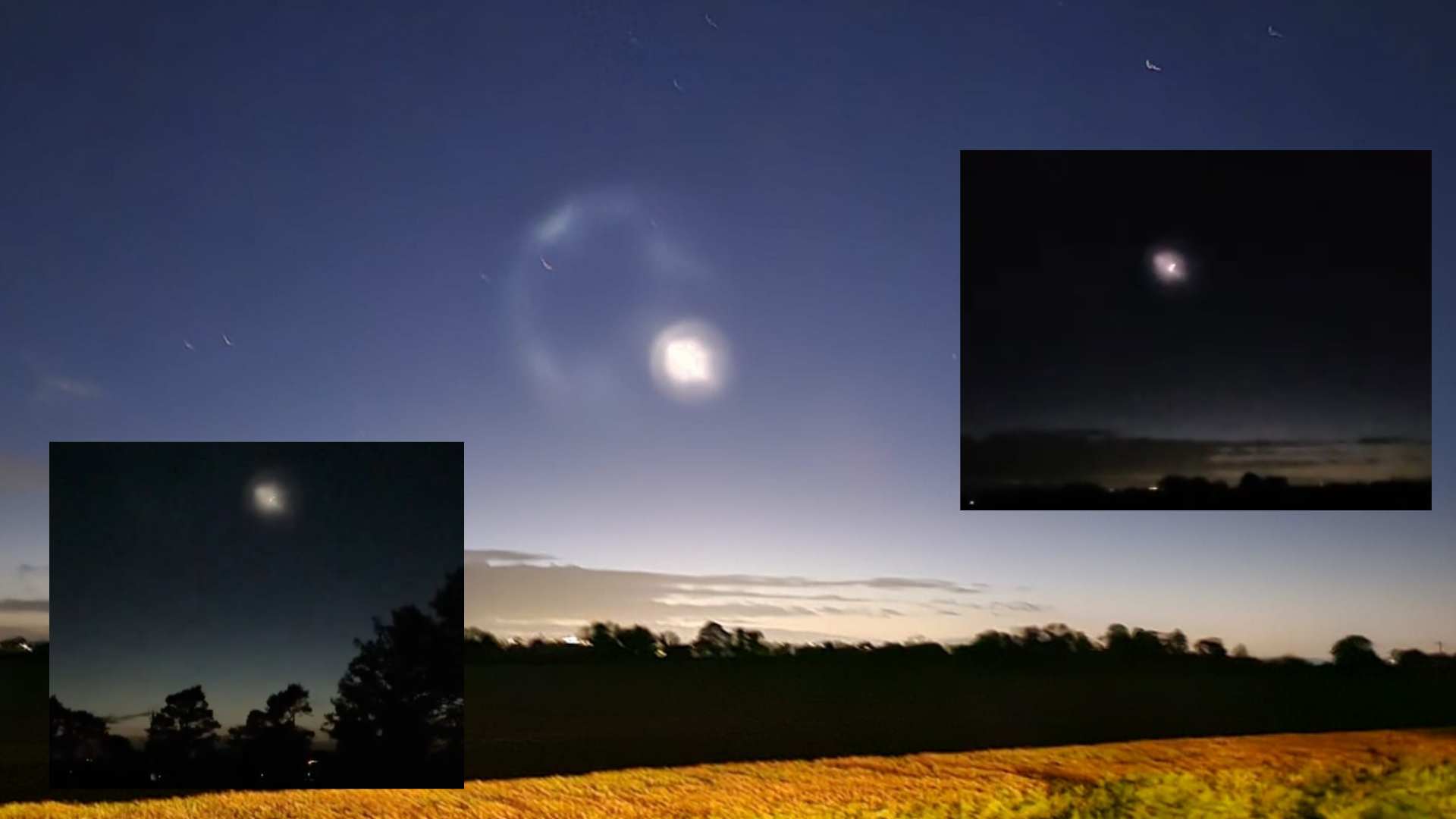
Nanotech Breakthrough 45 Miles Above Earth

Harvard researchers have developed lightweight, nanofabricated structures that can float in the mesosphere, a little-studied layer of the atmosphere about 45 miles above Earth’s surface, using nothing but sunlight.
The devices levitate via photophoresis, a process in which gas molecules bounce more strongly off the warm side of an object than the cool side, creating lift in the thin air of the upper atmosphere. The findings, published in Nature, mark the first time photophoretic flight has been demonstrated for structures large enough to carry functional payloads.
Between 50km and 100km above ground, the mesosphere is too high for aircraft and weather balloons and too low for satellites, making it notoriously difficult to study. Data from this region could improve climate models and weather forecasts.

The Harvard team, working with colleagues from the University of Chicago and Pukyong National University in South Korea, built ceramic–chromium membranes just a few centimetres wide. In lab tests, a one-centimetre device levitated at pressures equivalent to those at 60km altitude, when exposed to just over half the intensity of full sunlight.
“This opens up an entirely new class of device: one that’s passive, sunlight-powered, and uniquely suited to explore our upper atmosphere,” said David Keith, co-author and professor at the University of Chicago.
Potential applications include climate sensing, atmospheric communication networks, and even exploration of Mars, where the atmosphere is similarly thin. Harvard spinoff Rarefied Technologies, founded last year, plans to develop the concept further, with support from the university’s Office of Technology Development.









